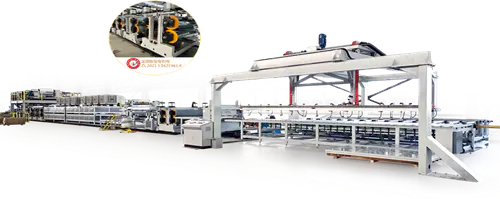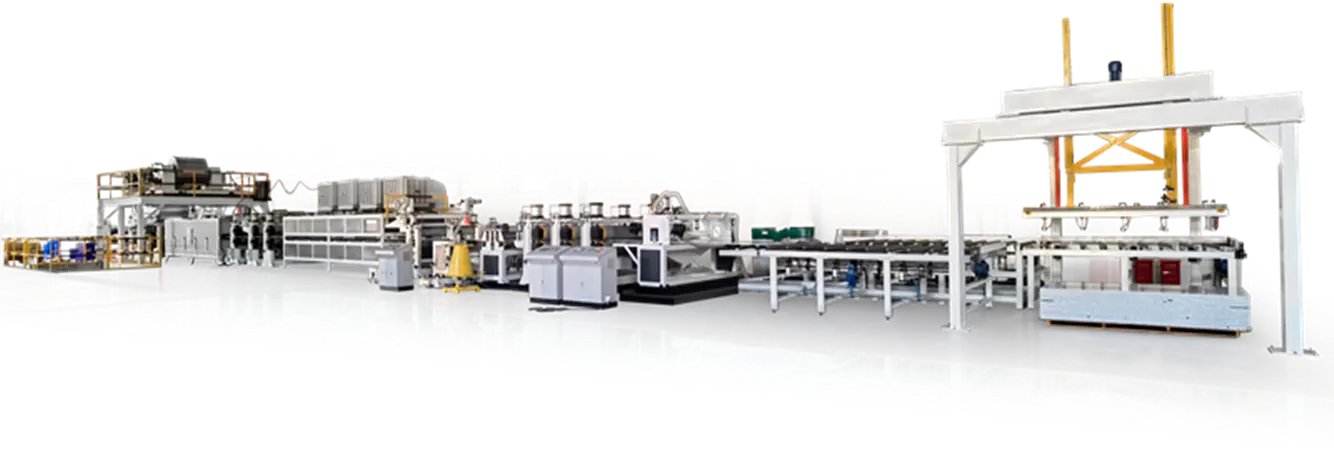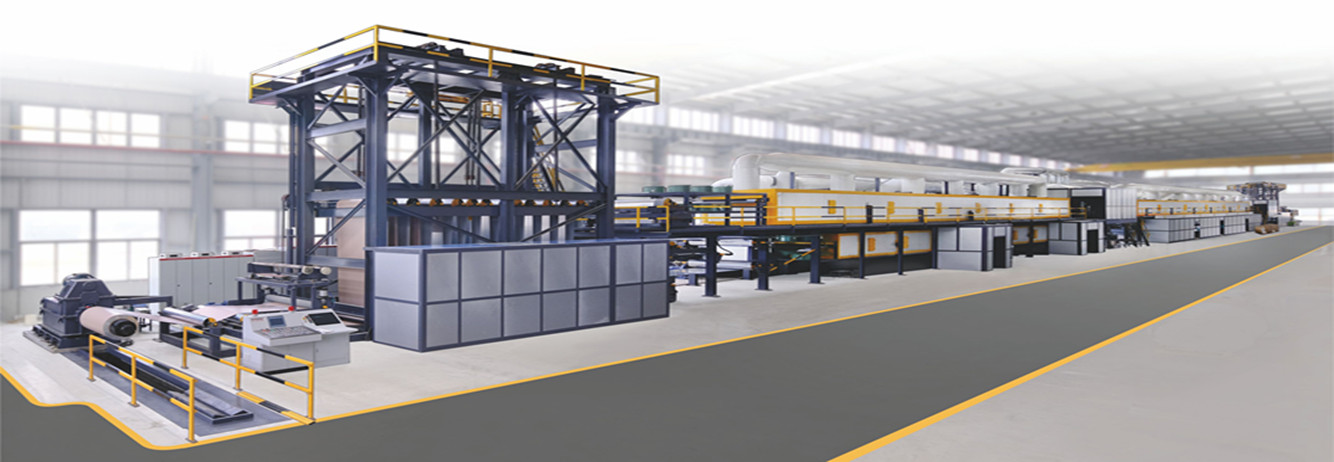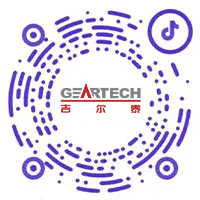In modern architecture, the role of materials extends beyond functionality to shape aesthetic appeal and structural versatility. Aluminum veneer panel has emerged as a material that balances design flexibility with practical performance. Architects and designers are increasingly incorporating these panels into façades, interiors, and feature walls, seeking solutions that merge visual impact with reliable construction standards. Unlike traditional cladding options, aluminum veneer panel offers a lightweight yet durable alternative, providing opportunities for creative forms without overloading structural frameworks.

A significant factor contributing to the growing adoption of aluminum veneer panel is its compatibility with Color Coated Aluminum Coil. These coils allow panels to maintain consistent coloration while resisting environmental wear, including UV exposure, humidity, and temperature fluctuations. The combination of aluminum veneer panel and Color Coated Aluminum Coil opens doors to projects where longevity and design cohesion are equally critical. Projects ranging from commercial buildings to cultural centers are exploring this pairing to achieve façades that retain vibrancy and texture over time.
Beyond aesthetics, aluminum veneer panel supports sustainable architectural strategies. Many of these panels are recyclable, reducing environmental footprint compared with heavier, less adaptable materials. When paired with Color Coated Aluminum Coil, the panels benefit from added corrosion resistance, extending the usable lifespan of exterior surfaces while less maintenance requirements. Designers value this combination for its ability to deliver high-performance finishes with small long-term environmental impact, aligning construction practices with evolving sustainability standards.
The adaptability of aluminum veneer panel extends to customization. Panels can be cut, perforated, or bent into diverse shapes, enabling architects to explore unconventional geometries. Integrating Color Coated Aluminum Coil ensures that these forms retain their intended visual effect, as the coil’s finish can follow the contours without chipping or fading. This capacity for precise customization encourages architectural experimentation, fostering designs that are functional, visually engaging, and structurally sound.
Installation efficiency is another dimension where aluminum veneer panel demonstrates value. Panels fabricated from Color Coated Aluminum Coil are generally lighter than composite alternatives, reducing handling difficulties during assembly. The installation process can be streamlined, particularly for curtain wall systems or modular building components, where time and precision are critical. The reduced weight does not compromise strength, allowing large-scale panels to be used in applications that demand both coverage and rigidity.
In addition to commercial structures, aluminum veneer panel has found a place in interior environments. Designers are exploring applications such as ceiling treatments, partition walls, and decorative accents. The use of Color Coated Aluminum Coil ensures that interior panels maintain a consistent appearance even under varying lighting conditions, while offering ease of cleaning and durability in high-traffic areas. This versatility reinforces the material’s position as a practical yet creative tool in modern architectural projects.
Aluminum veneer panel paired with Color Coated Aluminum Coil exemplifies a material solution that bridges aesthetic innovation with functional performance. As architects continue to explore new forms and textures, the role of these materials is likely to expand, providing opportunities for creative expression without compromising durability. Whether for exterior façades, interior finishes, or structural accents, the combination delivers a balance of flexibility, resilience, and visual impact, reflecting a broader trend toward thoughtful, material-driven architectural strategies.

 中文简体
中文简体 English
English Português
Português русский
русский Español
Español عربى
عربى









